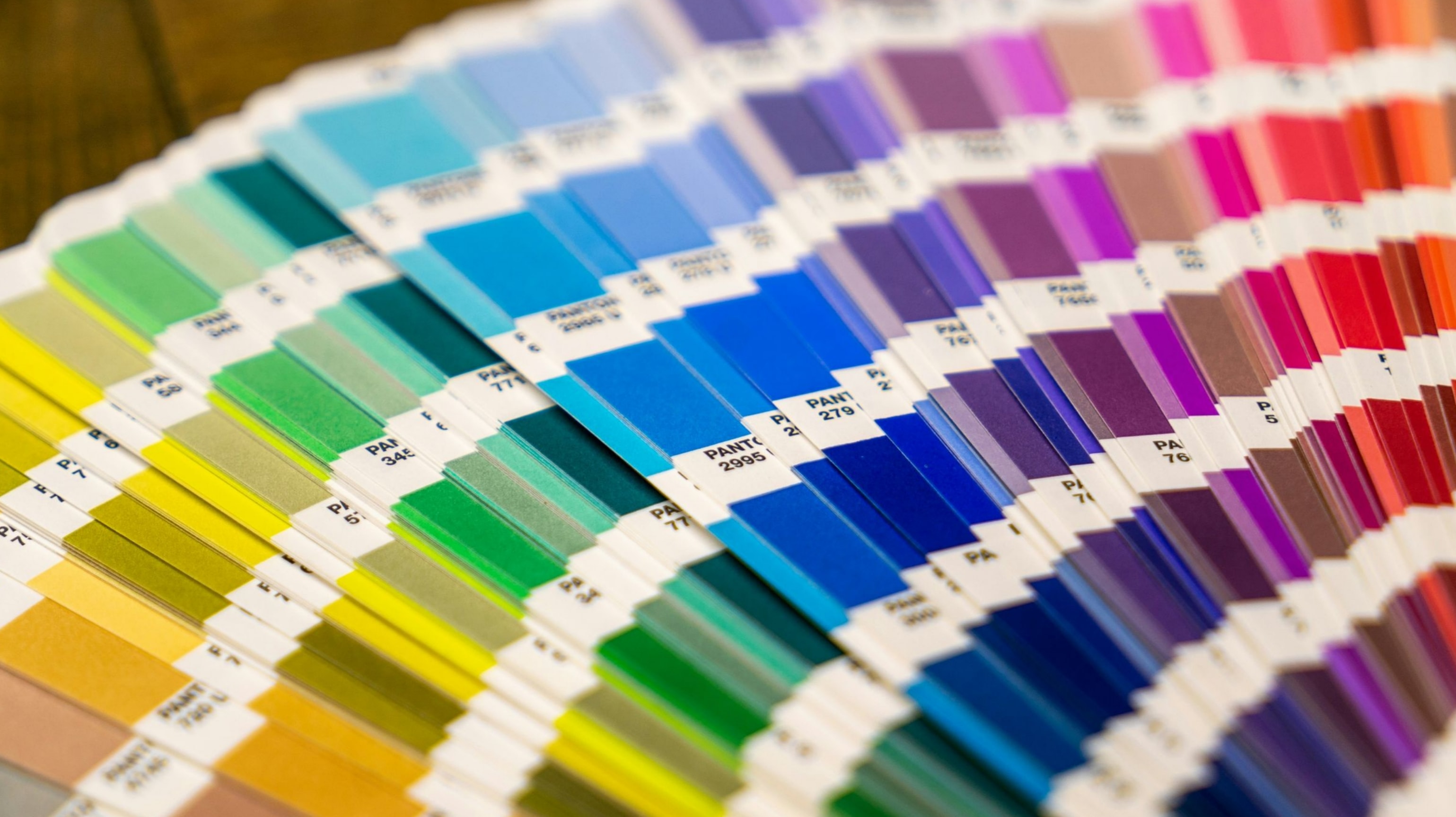
Canva Acquires Affinity
In this article, we look into major news in the world of visual design tools and discuss how M&A could be a great strategy to prepare company for an IPO.
Canva, the online design platform loved by millions worldwide, has just acquired Affinity, the award-winning suite of professional design software. This is an intriguing move that could impact the design industry, and we're here to break it down for you.
First, let's quickly introduce the two companies. Canva, launched in 2013, has been on a mission to empower the world to design. With its user-friendly interface and vast library of templates, Canva has become a go-to tool for non-designers and casual users to create stunning visuals for various purposes. According to the latest news reports, Canva is backed by many blue-chip investors and is currently seeking a US listing.
On the other hand, Affinity is a beloved suite of professional design software trusted by over three million creative professionals globally. Their offerings include Affinity Designer for vector graphics, Affinity Photo for photo editing, and Affinity Publisher for page layout design. Affinity is known for its powerful yet intuitive tools and affordable pricing.
Reportedly, Canva closed the deal with Affinity within just eight weeks of initial contact. Considering that many deals can take eight weeks alone for due diligence, Canva and Affinity reached an agreement rather swiftly.
What made Affinity so attractive that Canva wanted to close the deal so quickly? What was on Canva's mind when they decided to pursue Affinity? What were Affinity shareholders' incentives to sell the company?
Let's review this deal with our STAR deal evaluation framework: Strategic Fit, Transaction Structure, Actionability, and Return.
Strategic Fit
This acquisition aligns perfectly with Canva's mission to empower the world to design. While Canva has primarily focused on making design accessible to non-designers, acquiring Affinity allows them to cater to professional designers as well. By combining Canva's simplicity and Affinity's advanced capabilities, they can now serve designers at every level and stage of the design journey.
Canva could have tried to develop professional product suites organically as well. However, it would likely take three years to develop comparable functional products. Therefore, acquiring already market-proven solutions like Affinity's becomes a clear strategic decision. Most importantly, both companies share the same values and are culturally fit. They believe that design software should be "intuitive, affordable, fast, and smooth."
Transaction Structure
Canva's co-founder and COO, Obrecht, said in a Bloomberg interview that the deal was valued at several hundred million pounds and paid with a mix of cash and stock.
The control acquisition will allow Canva to leverage Affinity's existing user base and integrate their advanced features into Canva's platform with more flexibility.
Additionally, as Canva is planning for a US IPO, for Affinity's owners and shareholders, being able to partially monetize their stake and retain potential upside from a Canva IPO seems to be an attractive offer structure.
Actionability
Once the two parties agreed to the deal, they didn't have to go through additional complicated approval processes, as Canva and Affinity were both private companies. There were no regulatory hurdles such as antitrust concerns either. In fact, the deal has already been completed.
Return
While Canva hasn't disclosed the acquisition's financial details or the company's KPIs, it's clear that this move is strategic as Canva is planning for an IPO in the near future.
Canva's financial performance and balance sheet will be scrutinized upon its listing. As a design technology company, it's likely that investors will focus on Canva's revenue growth and the growth of its customer base, i.e., the number of subscriptions.
From this perspective, it's understandable why Canva is making this acquisition. By expanding their offerings to professional designers, Canva can quickly tap into a new market and customer segment, potentially allowing them to generate revenue from premium subscriptions and advanced features.

After analyzing the deal using our framework, it seems that Affinity is almost a perfect fit for Canva.
Obrecht said that the acquisition is "the final piece of our jigsaw" before the IPO, which they say no earlier than mid 2025.
To budget enough time to integrate and grow the combined business, it's understandable why Canva proceeded with the transaction so swiftly.
By the way, this acquisition is just the latest in Canva's string of strategic acquisitions in the lead-up to its US IPO. In recent years, Canva has been actively expanding its capabilities and reach through acquisitions. Here is a lost of companies that they have acquired:
1. Flourish, a data visualization platform
2. Kaleido, an AI-powered visual creation platform
3. SmartMockups, a mockup and product visualization tool
4. Pexels and Pixabay, free stock photo platforms
5. SlidesCarnival, a presentation template marketplace
This acquisitive strategy demonstrates Canva's commitment to continuously enhancing its offerings and an effort to compete with Adobe, the dominant player providing software to design professionals.
By using the STAR deal evaluation framework, we can quickly understand why Affinity may be an ideal acquisition target fro Canva.
Are you also looking to leverage M&A strategy to take your company to the next level? Perhaps, it would be most effective to leverage the experience of seasoned M&A practitioners so that you can avoid costly mistakes and achieve your goals sooner.
If so, we invte you to visit the "Course" page on our webiste to learn about our on-demand online program "How to Successfully Navigate Your Next M&A Deal".
Subscribe to our Newsletter
For the latest M&A tips, case studies, and deal commentaries.
No spam. Unsubscribe anytime.
© EnHouse M&A. All rights reserved.





